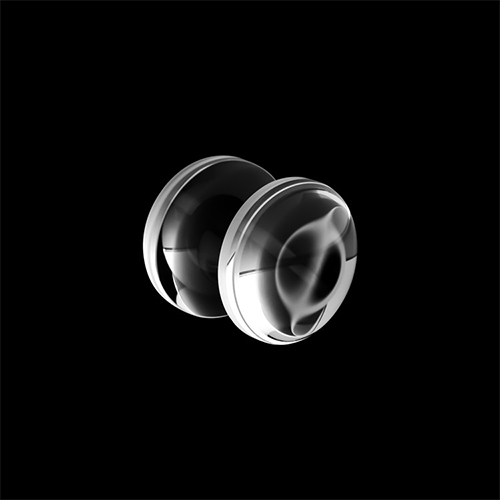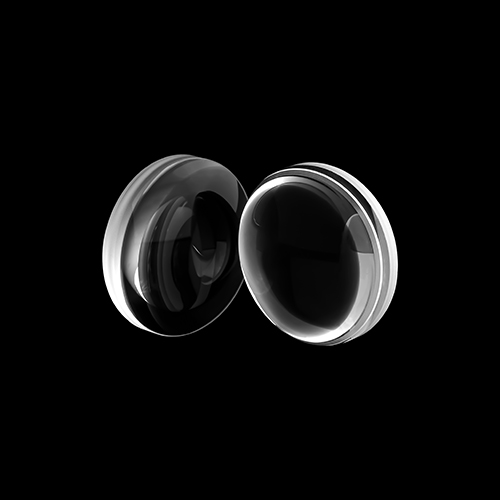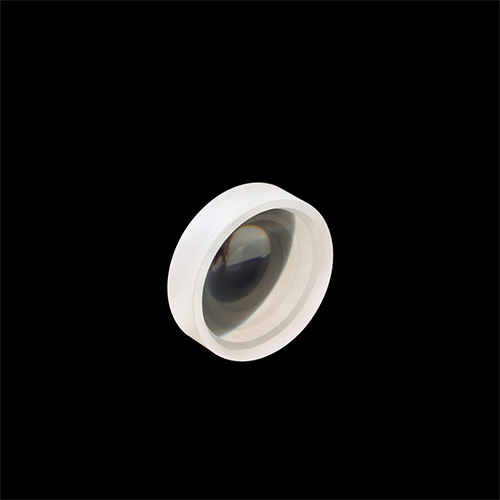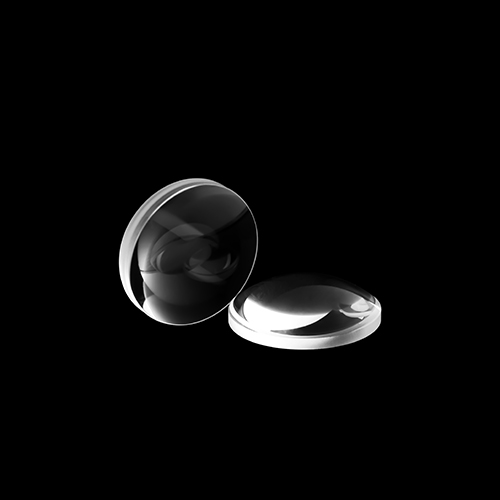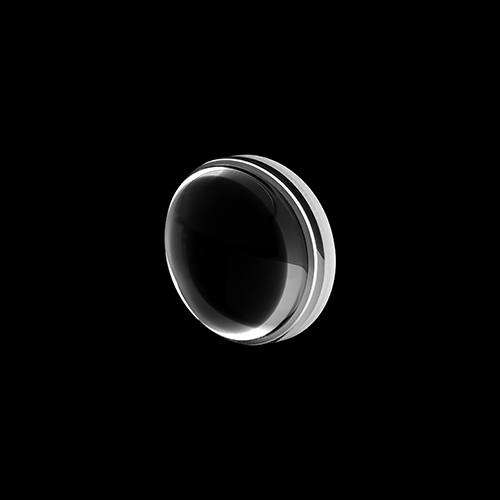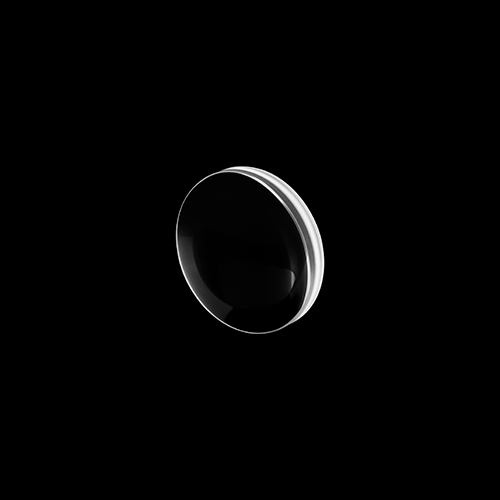A biconvex lens has two protruding surfaces, namely the incident surface and the emitting surface. The characteristic of this type of lens is that the focal length of the middle part of its transparent surface is longer, while the focal length of the ends of each lens surface is shorter. Its materials include K9 glass, fused silica, zinc selenide, zinc sulfide, germanium, silicon, lithium fluoride, magnesium fluoride, calcium fluoride and barium fluoride. So what is the principle of biconvex lens imaging?
The calculation of the focal length of a biconvex lens is usually based on the geometric shape of the lens and the refractive index of the material. However, for a typical biconvex lens, its focal length cannot be directly calculated based solely on its shape, as it is also influenced by the refractive index of the lens material, the curvature radius on both sides of the lens, and the thickness of the lens. For thin lenses (i.e. the thickness of the lens is much smaller than its focal length), the lens manufacturer's formula can be used to approximate the focal length.
This equation is: (\ frac {1} {f}=(n-1) \ left [\ frac {1} {R_1} - \ frac {1} {R_2} \ right])
Among them:
(f) It is the focal length of the lens (positive values indicate converging lenses, negative values indicate diverging lenses).
(n) It is the refractive index of the lens material.
(R_1) is the curvature radius of the first surface of the lens (when light enters from the left side of the lens).
(R_2) is the curvature radius of the second surface of the lens (when light is incident from the right side of the lens).
Note: If both surfaces of the lens are convex, then (R_1) and (R_2) are both positive values. If one surface of a lens is convex and the other surface is concave, then the curvature radius of the convex surface is positive and the curvature radius of the concave surface is negative. The lens maker equation is an approximate equation that assumes that the lens is very thin and that the refraction of light in the lens occurs along the axis of the lens. For thicker lenses or cases where light deviates from the axis, this equation may not be accurate enough.
The above is an answer to how to calculate the focal length of a biconvex lens. We hope it is helpful to you. If you have any questions, please feel free to consult online or leave a message.

